Home>Furniture & Design>Interior Design Trends>How To Carry Glass Items In Flight
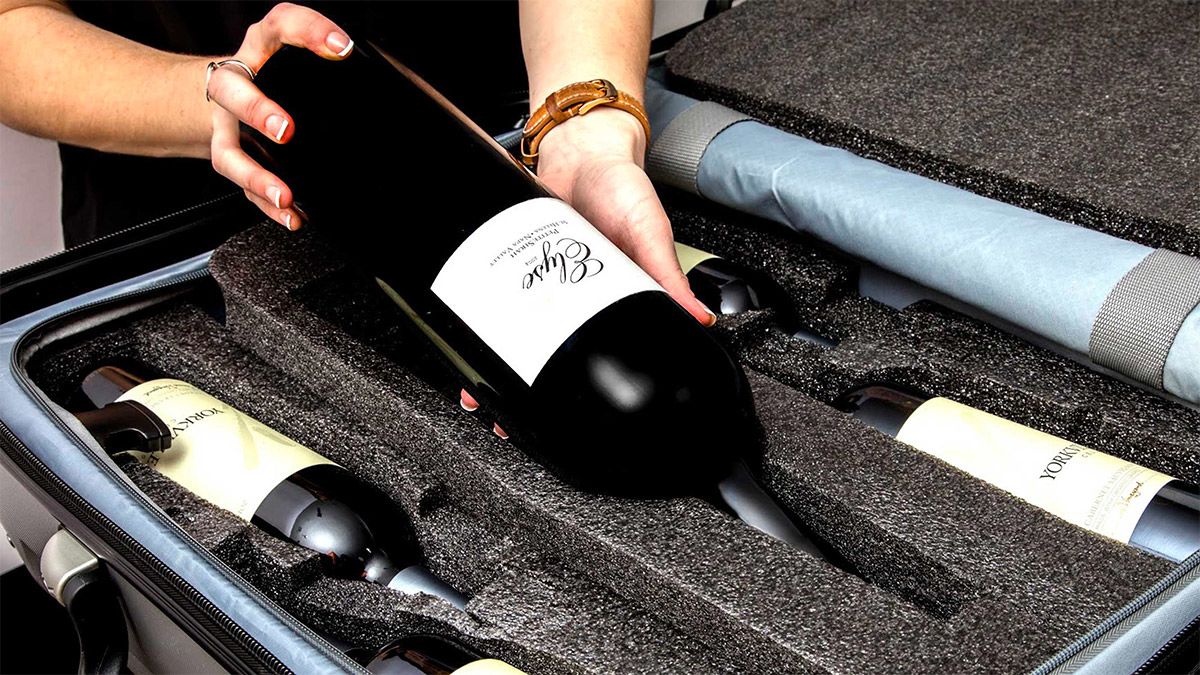

Interior Design Trends
How To Carry Glass Items In Flight
Modified: February 18, 2024
Learn how to safely transport delicate glass items on flights with our expert interior design tips. Stay updated on the latest interior design trends for a stylish and functional home.
(Many of the links in this article redirect to a specific reviewed product. Your purchase of these products through affiliate links helps to generate commission for Storables.com, at no extra cost. Learn more)
Packing Glass Items
Packing glass items for a flight requires careful consideration to ensure their safety during transit. Whether it's delicate glassware, decorative pieces, or fragile souvenirs, proper packing is essential to prevent damage. Here's a comprehensive guide to help you pack glass items securely for your next flight.
-
Wrap Each Item Individually: Begin by wrapping each glass item individually with bubble wrap or packing paper. This provides a protective layer to cushion the item and prevent it from coming into direct contact with other objects.
-
Use Dividers: If you're packing multiple glass items in the same container, consider using dividers to create separate compartments. This prevents the items from knocking into each other during turbulence or handling.
-
Choose the Right Box: Select a sturdy and appropriately sized box for your glass items. Ensure that the box is not too large, as this can lead to shifting and movement during transit. Use a box that allows for a snug fit without excessive empty space.
-
Fill Empty Spaces: Fill any remaining gaps in the box with packing material, such as foam peanuts or air cushions. This extra padding helps to immobilize the items and prevents them from shifting within the box.
-
Seal the Box Securely: Once the glass items are packed, seal the box securely with strong packing tape. Reinforce the bottom and top seams to provide additional support.
-
Label the Box: Clearly label the box as "Fragile" to alert handlers to exercise caution when transporting it. This simple step can help reduce the risk of rough handling during loading and unloading.
By following these packing guidelines, you can ensure that your glass items are well-protected and ready for a safe journey in the cargo hold or as carry-on luggage. Taking the time to pack them properly will provide peace of mind and help preserve these delicate items for years to come.
Key Takeaways:
- Pack glass items individually in bubble wrap, use dividers in the box, and fill empty spaces with padding to protect them during flights. Label the box as “Fragile” for extra caution.
- When carrying glass items on a flight, research airline policies, opt for carry-on when possible, and inform cabin crew about delicate items. Handle with care during disembarkation to ensure safe arrival.
Read more: How To Carry Something Heavy Up Stairs
Choosing the Right Container
Selecting the appropriate container for transporting glass items is a crucial step in ensuring their safety during a flight. The container serves as the primary barrier against external impacts and plays a pivotal role in safeguarding delicate glassware, ornaments, or other fragile possessions. Here's a detailed exploration of the factors to consider when choosing the right container for your glass items.
Size and Dimensions
When choosing a container for glass items, it's essential to consider the size and dimensions of the items being packed. The container should provide a snug fit for the items without excessive room for movement. This prevents the glass items from shifting during transit, reducing the risk of potential damage due to impact or collision.
Material and Durability
Opt for a container made from sturdy and durable materials, such as corrugated cardboard or rigid plastic. These materials offer enhanced protection and structural integrity, minimizing the likelihood of the container collapsing or being compromised during handling. Additionally, a durable container provides a reliable shield against external pressure, ensuring the safety of the glass items within.
Internal Padding and Cushioning
The chosen container should allow for adequate internal padding and cushioning to protect the glass items from shocks and vibrations. Consider using foam inserts, inflatable air cushions, or packing peanuts to create a protective layer within the container. This padding serves as a buffer, absorbing impacts and minimizing the transmission of external forces to the delicate glass items.
Read more: How To Carry Ladder
Closure and Sealing Mechanism
Ensure that the container features a secure closure and sealing mechanism to prevent accidental openings during transit. A well-sealed container reduces the risk of items shifting or spilling out, maintaining the integrity of the packing arrangement. Additionally, a reliable closure mechanism contributes to the overall structural stability of the container, enhancing its protective capabilities.
Compatibility with Transport Regulations
If you intend to carry the glass items as carry-on luggage, it's important to ensure that the chosen container complies with airline regulations and security guidelines. Verify the permissible dimensions and weight limits for carry-on containers to avoid any inconvenience during security checks or boarding procedures.
By carefully considering these factors and selecting the right container for your glass items, you can significantly mitigate the risks associated with transporting fragile possessions. The appropriate container serves as a crucial safeguard, providing a protective cocoon for your glass items as they embark on their journey through the skies.
Securing Glass Items
Securing glass items for air travel demands meticulous attention to detail to ensure their protection throughout the journey. Properly securing these delicate possessions is essential to prevent potential damage caused by turbulence, handling, or unexpected impacts. Here's an in-depth exploration of the strategies and techniques for effectively securing glass items for a flight.
Internal Cushioning and Support
The first step in securing glass items is to provide internal cushioning and support within the chosen container. Utilize soft materials such as bubble wrap, packing paper, or foam inserts to create a protective layer around each item. This cushioning serves as a buffer, absorbing shocks and vibrations that may occur during transit. By enveloping the glass items in a cocoon of cushioning, the risk of direct impact and damage is significantly reduced.
Read more: How To Get A Window Seat In Flight
Immobilization and Compartmentalization
To prevent movement and shifting within the container, it's crucial to immobilize the glass items effectively. Utilize dividers, foam inserts, or custom-fitted compartments to create individual spaces for each item. This compartmentalization minimizes the potential for items to collide with each other, reducing the risk of breakage or damage. By securing the items in a stable position, the overall structural integrity of the packing arrangement is enhanced.
External Reinforcement and Stabilization
In addition to internal cushioning, external reinforcement plays a vital role in securing glass items. Ensure that the container is filled with packing material, such as foam peanuts or air cushions, to provide additional stabilization. This supplementary padding immobilizes the items and minimizes movement within the container, further safeguarding them against external forces. By reinforcing the external environment of the glass items, the overall resilience of the packing arrangement is heightened.
Sealing and Labeling
Once the glass items are securely packed and positioned within the container, it's essential to seal the container with robust packing tape. Reinforce the seams and edges to provide structural support and prevent accidental openings. Additionally, prominently label the container as "Fragile" to alert handlers to exercise caution during handling. This simple yet crucial step can significantly reduce the risk of rough treatment and ensure that the glass items receive the delicate care they require.
By meticulously implementing these strategies for securing glass items, you can significantly enhance their safety and protection during air travel. The combination of internal cushioning, immobilization, external reinforcement, and proper sealing creates a comprehensive safeguard, ensuring that your glass items arrive at their destination unscathed and ready to adorn their new surroundings.
Tips for Carrying Glass Items in Flight
Carrying glass items during air travel requires careful planning and execution to ensure their safe arrival at the destination. Whether it's delicate stemware, ornate vases, or intricately crafted glass decor, these valuable possessions demand special attention to prevent damage or breakage. Here are essential tips to consider when carrying glass items on a flight:
-
Research Airline Policies: Before packing glass items for a flight, familiarize yourself with the specific policies and guidelines of the airline you'll be traveling with. Some airlines may have restrictions on carrying fragile items as hand luggage, while others may provide specific instructions for packing and declaring such items. Being aware of these regulations can help you prepare accordingly and avoid any last-minute complications during security checks.
-
Opt for Carry-On When Feasible: Whenever possible, consider carrying glass items as part of your carry-on luggage rather than checking them in. This allows you to personally oversee the handling and placement of the items in the overhead compartment, minimizing the risk of rough treatment during baggage handling. Additionally, keeping the glass items within your reach provides a sense of security and control throughout the journey.
-
Use Protective Cases or Pouches: For smaller glass items such as delicate ornaments or jewelry, consider using specialized protective cases or pouches designed for fragile objects. These cases offer an additional layer of protection, shielding the items from potential impacts and minimizing the risk of scratches or breakage. Opt for padded or cushioned cases that provide a secure enclosure for the glass items.
-
Inform Cabin Crew: If you have fragile glass items in your carry-on luggage, consider informing the cabin crew upon boarding. Politely notifying the crew about the presence of delicate items allows them to offer assistance in securing the items in the overhead compartment or providing additional padding if needed. This proactive approach can contribute to the safe transport of the glass items during the flight.
-
Minimize Movement and Stacking: When stowing glass items in the overhead compartment, strive to minimize movement and stacking within the available space. Position the items in a stable and secure manner, avoiding scenarios where they can shift or collide with other belongings during turbulence or sudden movements. Maintaining a stable arrangement reduces the risk of potential damage during the flight.
-
Handle with Care During Disembarkation: Upon reaching your destination, exercise caution when retrieving your carry-on luggage containing glass items. Avoid hastily pulling out the items and instead handle the luggage with care to prevent any jostling or impact. By taking a mindful approach during disembarkation, you can ensure that the glass items remain intact and undisturbed until you reach a suitable setting for unpacking.
By incorporating these tips into your travel preparations, you can enhance the safety and protection of your glass items during a flight. With thoughtful planning and proactive measures, you can embark on your journey with the confidence that your delicate glass possessions will reach their destination unharmed and ready to adorn their new surroundings.
Frequently Asked Questions about How To Carry Glass Items In Flight
Was this page helpful?
At Storables.com, we guarantee accurate and reliable information. Our content, validated by Expert Board Contributors, is crafted following stringent Editorial Policies. We're committed to providing you with well-researched, expert-backed insights for all your informational needs.
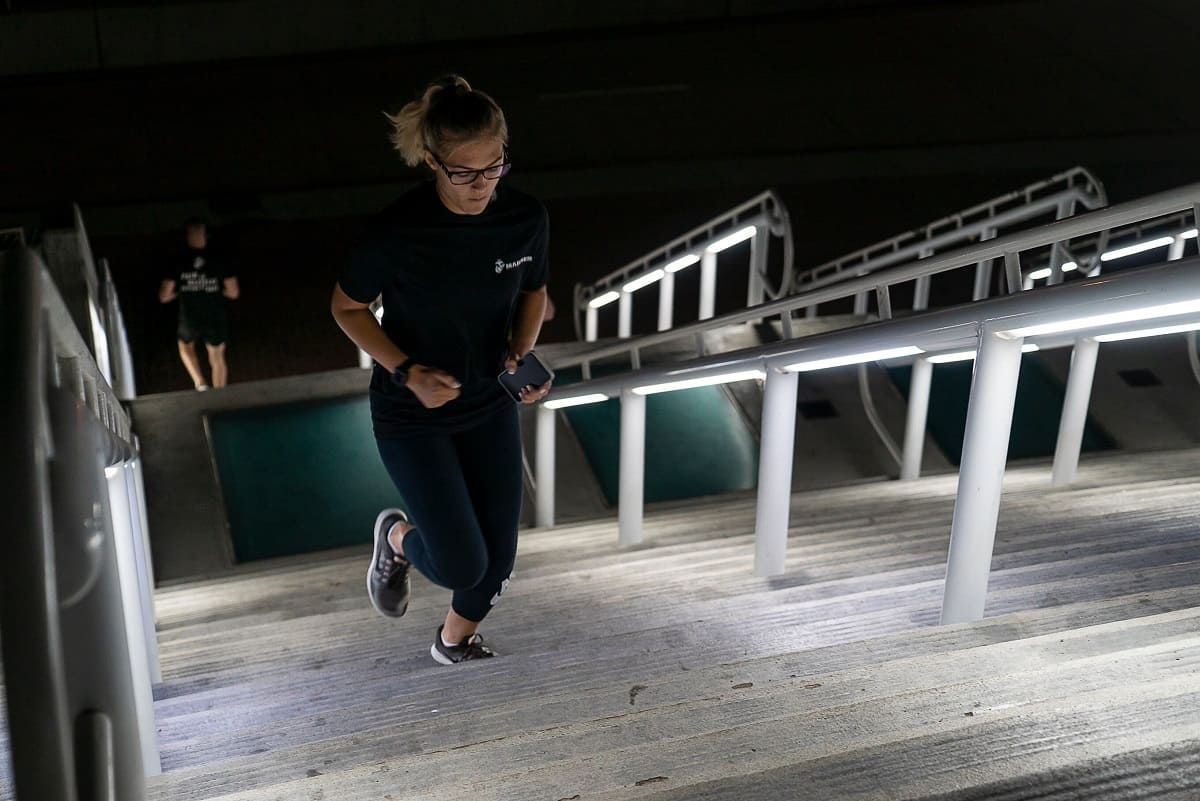
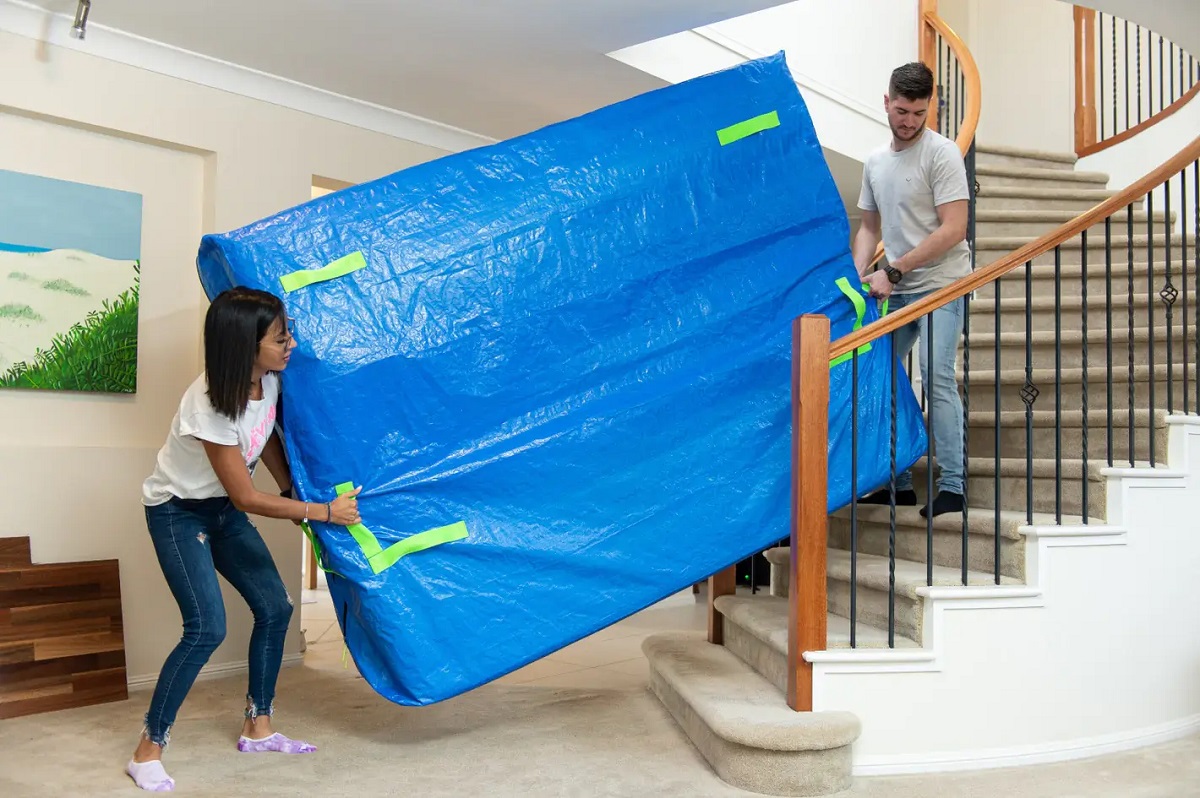
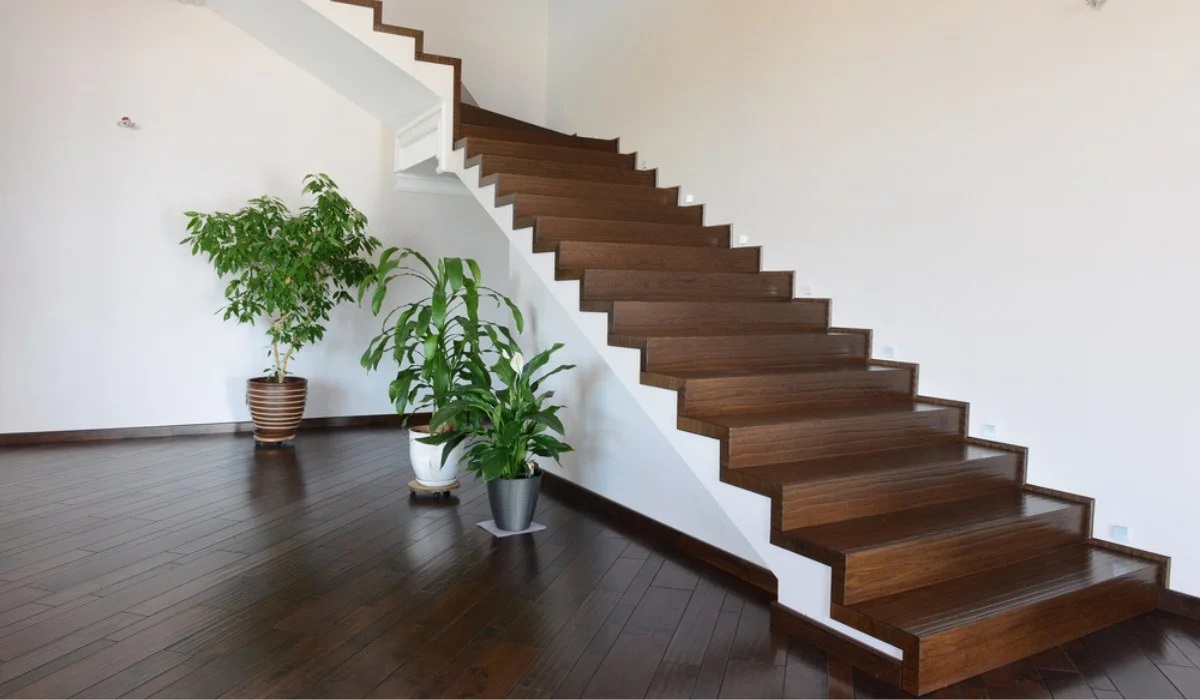




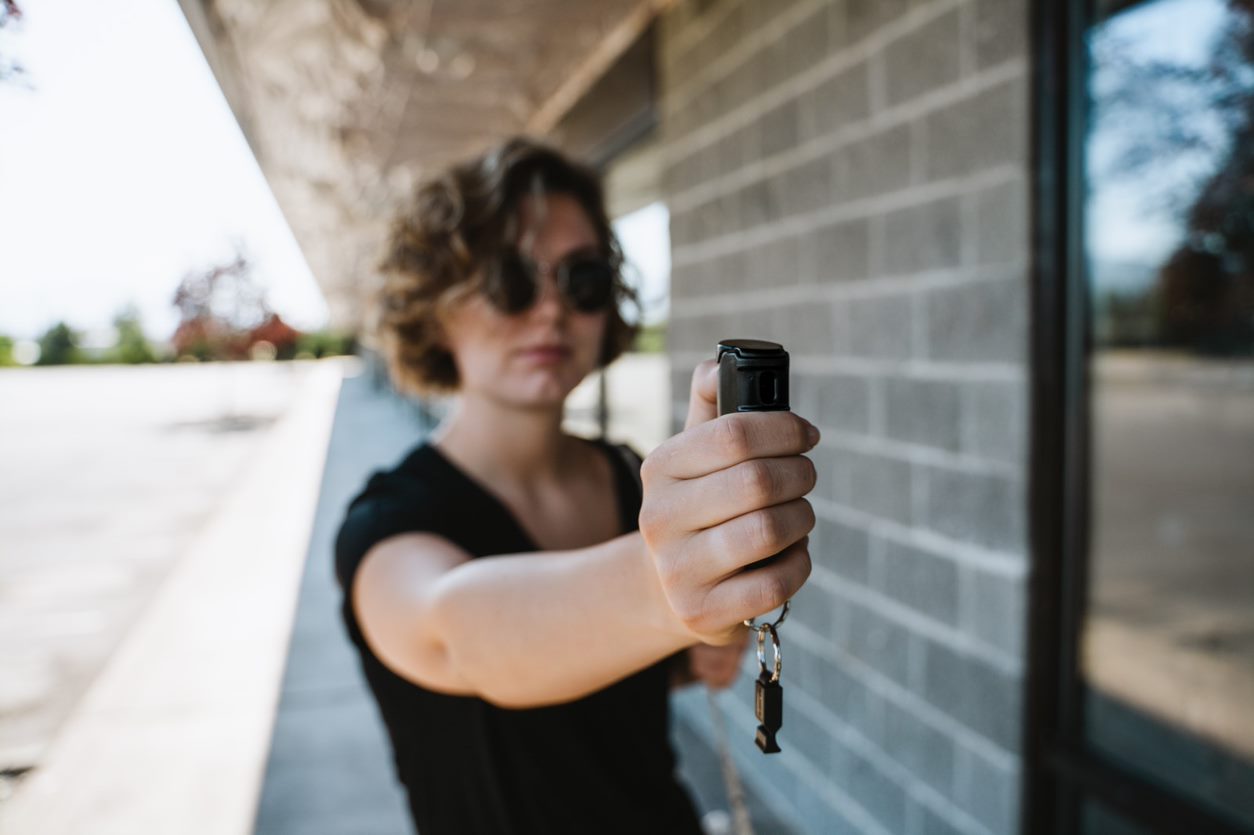


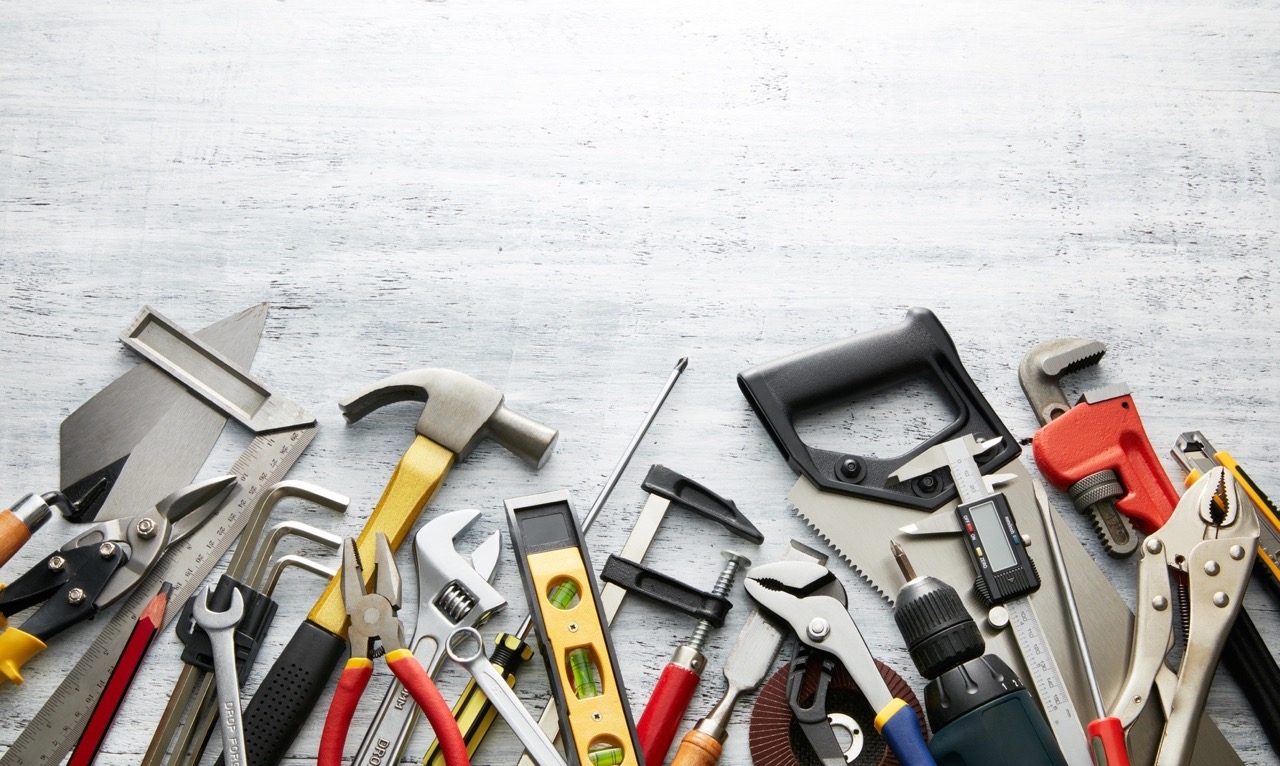

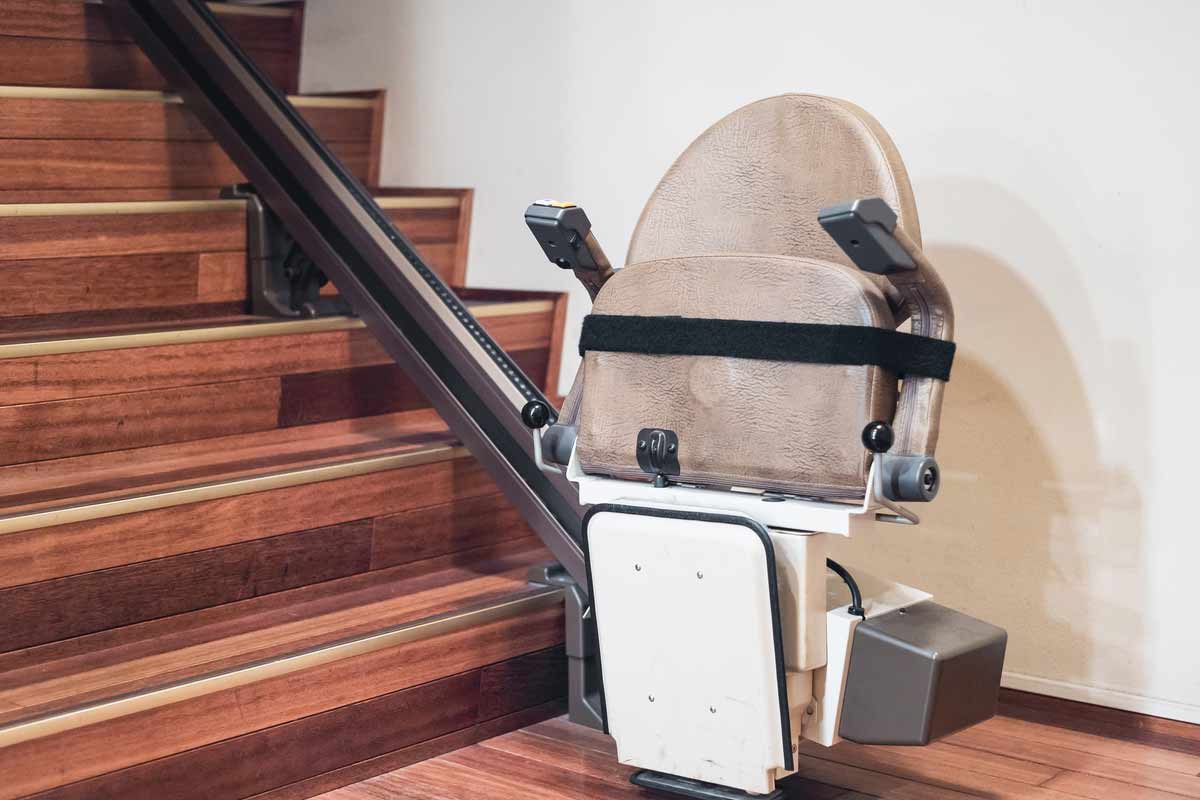

0 thoughts on “How To Carry Glass Items In Flight”